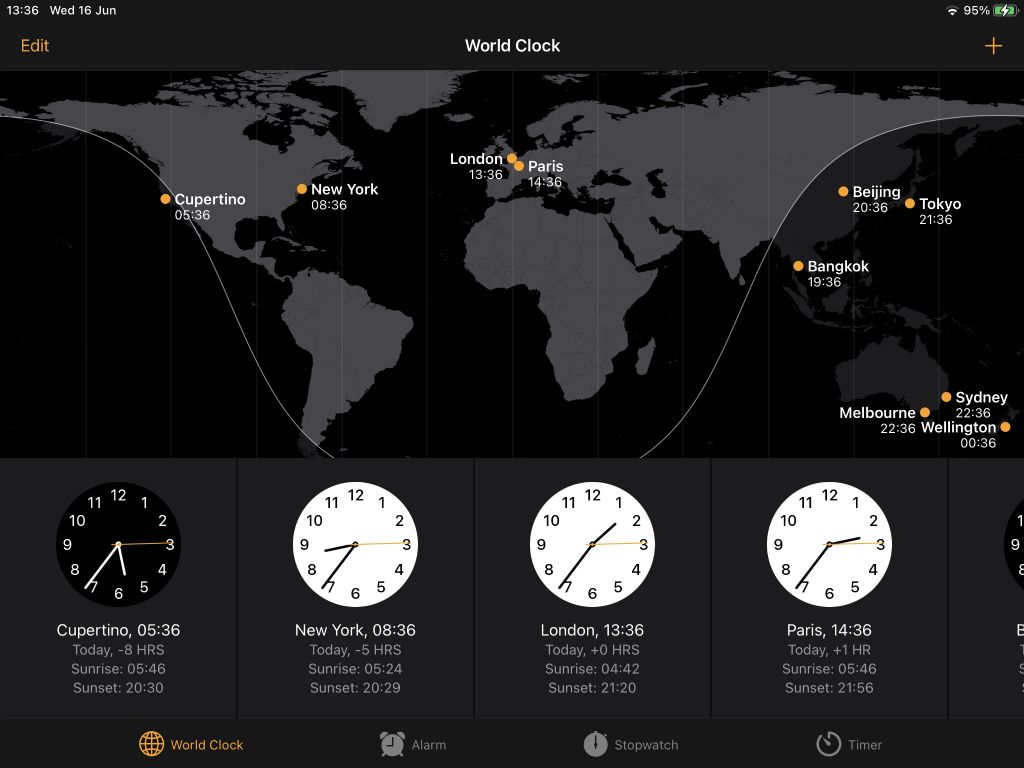Noise!
The receivers in MSF modules are very simple, which makes them vulnerable to noise. Selectivity is provided almost entirely by the antenna's tuned circuit, which is relatively broad, and allows nearby muck in.
MSF transmits on 60kHZ, and that part of the radio spectrum is full of natural and man-made impulse noise which the detector used to decode MSF is sensitive too. Homes are particularly bad; full of motors, wall-warts, and maybe unfiltered VFDs! Also ignition noise from passing cars, electric fences (in the country), and noise on the mains and telephone wires. Pulses from lightning strikes travel thousands of miles is this band.
This waterfall display was captured from the online SDR Receiver at Twente in Holland a few minutes ago. This is a good receiver with an antenna high above domestic noise, which tends to be short-range at ground-level:

The vertical lines are signals and the horizontal lines are mostly noise, or receiver artefacts. DCF77 is the bright (ie strong) signal on the right, MSF is the second labelled signal from the left at scale 60.
MSF is significantly weaker in Holland than DCF77 and there are two other strong signals nearby, GXH Thurso, and an unidentified teletype at 61.8kHz. There are also about 15 other weak signals just below MSF, possibly interference from switch mode power supplies.
Set to 600Hz bandwidth the Twente receiver has no trouble filtering out the racket, but set to 6000Hz, decoding MSF is like picking out a softly spoken friend across a noisy pub. When MSF clocks don't work, could be low signal, but more likely it's being deafened by high local noise due to the simple receiver's wide bandwidth.
Dave
Alan Wood 4.







